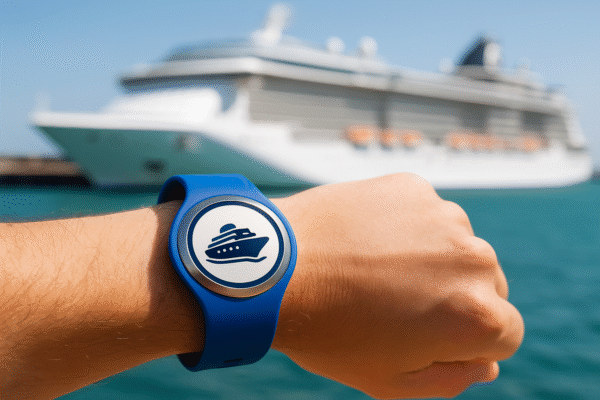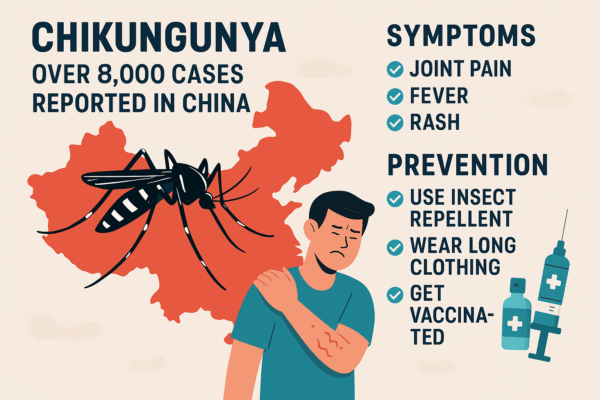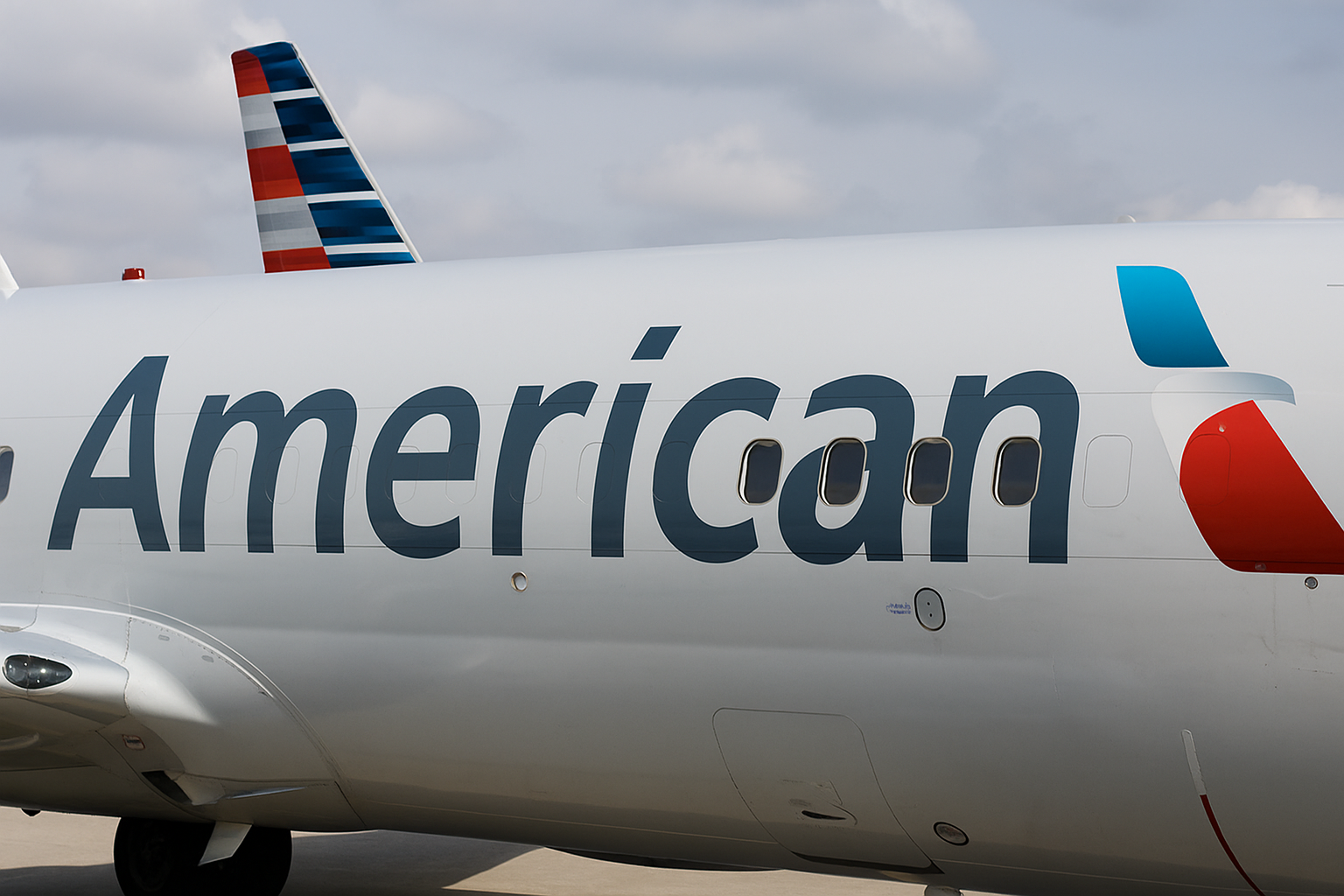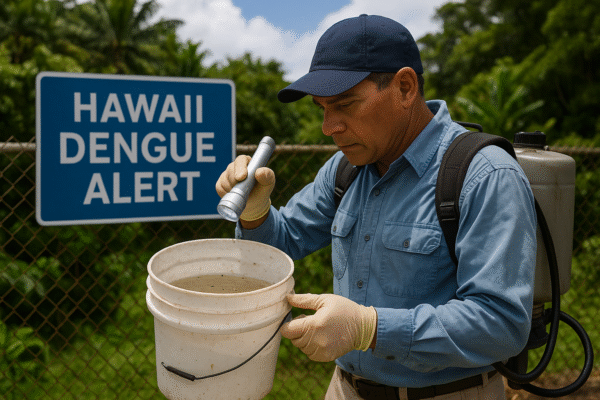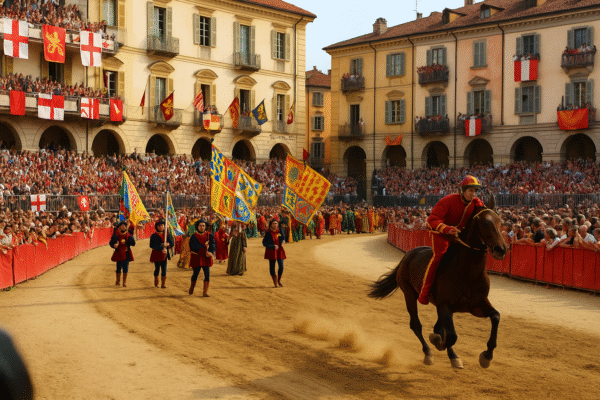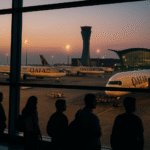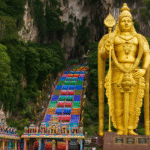In the heart of Spain’s renowned Ribera del Duero wine region, a powerful alliance between academia and viticulture continues to shape the future of sustainable cultural tourism. The Regulatory Council of the Ribera del Duero Denomination of Origin (DO) and the University of Valladolid have extended their partnership for the eighth consecutive year, reaffirming their joint commitment to the Pintia Vaccea Project.
At the core of this initiative lies the Federico Wattenberg Vaccean Studies Center (CEVFW) in Padilla de Duero—a hub of archaeological discovery and cultural revitalization. This collaboration not only enhances the understanding of one of the Iberian Peninsula’s most significant pre-Roman civilizations but also strengthens the link between ancient tradition and modern wine tourism.
Unearthing the Vacceans: Pintia’s Ancient Legacy
The Pintia archaeological site, declared a Site of Cultural Interest (Bien de Interés Cultural) in 1993, encompasses the villages of Padilla de Duero and Pesquera de Duero. It offers an extraordinary glimpse into the world of the Vacceans—an influential pre-Roman society that dominated Spain’s Meseta Central over two millennia ago.
Spearheaded by Professor Carlos Sanz Mínguez, the CEVFW has led several groundbreaking excavation campaigns. In particular, the necropolis of Las Ruedas has yielded hundreds of tombs filled with artifacts including pottery, weapons, tools, and personal ornaments. These discoveries have helped scholars reconstruct the social and religious fabric of Vaccean life, from hierarchical burial customs to spiritual beliefs and economic structures.
Notably, evidence suggests that early viticulture played a vital role in Vaccean society, reinforcing the region’s longstanding association with wine—a heritage proudly continued in modern-day Ribera del Duero.
The Archaeology of Wine: Ancient Roots of a Modern Industry
The “Archaeology of Wine” component of the Pintia project explores how the Vacceans cultivated grapes and consumed wine. Historical artifacts indicate that wine was more than a beverage; it was a social and ceremonial symbol, enjoyed by the elite and integrated into rituals.
These insights offer more than academic value. They deepen the story of Ribera del Duero’s wines, giving tourists a tangible sense of connection between the bottles they sample today and the traditions that shaped them centuries ago. The region’s reputation as a premier wine destination is now complemented by this authentic cultural narrative.
A Public-Private Partnership for Long-Term Preservation
This renewed collaboration between the University of Valladolid and the Regulatory Council is a model for how public and private institutions can work together to safeguard heritage while fostering tourism. By funding ongoing research and excavations, the partnership enables scholars to uncover and protect vital archaeological treasures.
But it’s not just about preservation—it’s also about education and experience. The project includes interactive exhibits, academic workshops, and open-access learning platforms, allowing visitors, students, and locals to engage with Vaccean history firsthand.
This commitment to community education ensures that heritage conservation is not confined to museums, but becomes a shared mission among all stakeholders in the region.
Cultural Tourism as an Engine of Sustainable Growth
Enrique Pascual, President of the Ribera del Duero DO Regulatory Council, emphasizes that heritage is essential not only for identity but also for responsible tourism development. “Understanding our history brings authenticity to our wines and sustainability to our tourism model,” Pascual noted.
This approach aligns perfectly with Spain’s national strategy for sustainable tourism, which encourages low-impact travel, community involvement, and the preservation of cultural and natural resources.
By integrating the Pintia site into Ribera del Duero’s wine routes, the region invites visitors to go beyond tasting rooms and vineyards. Tourists are encouraged to walk ancient trails, explore excavated tombs, and understand the lineage of winemaking from antiquity to the present.
Pintia as a Living Cultural Landmark
More than just an archaeological site, Pintia is becoming a dynamic cultural hub. From guided tours to heritage festivals, visitors are invited to participate in the ongoing story of Ribera del Duero. The project also fosters collaboration with other regions and EU cultural heritage programs, expanding its impact and visibility across Europe.
Moreover, Pintia supports local economies. Artisan workshops, farm-to-table eateries, and rural guesthouses benefit from increased foot traffic and cultural programming, turning heritage tourism into a driver for inclusive growth.
Looking Ahead: Ribera del Duero’s Timeless Appeal
The renewed Pintia Vaccea Project symbolizes a forward-thinking commitment to linking past and present. By celebrating the legacy of the Vacceans and tying it to Ribera del Duero’s contemporary identity, the region sets a global example for cultural tourism done right.
As Spain continues to diversify its tourism offerings, Ribera del Duero stands out as a destination where wine, history, and sustainability flow together in harmony. Visitors can not only savor award-winning vintages but also walk among ancient ruins, engage with local traditions, and become part of a heritage that stretches across millennia.
For more travel news like this, keep reading Global Travel Wire

